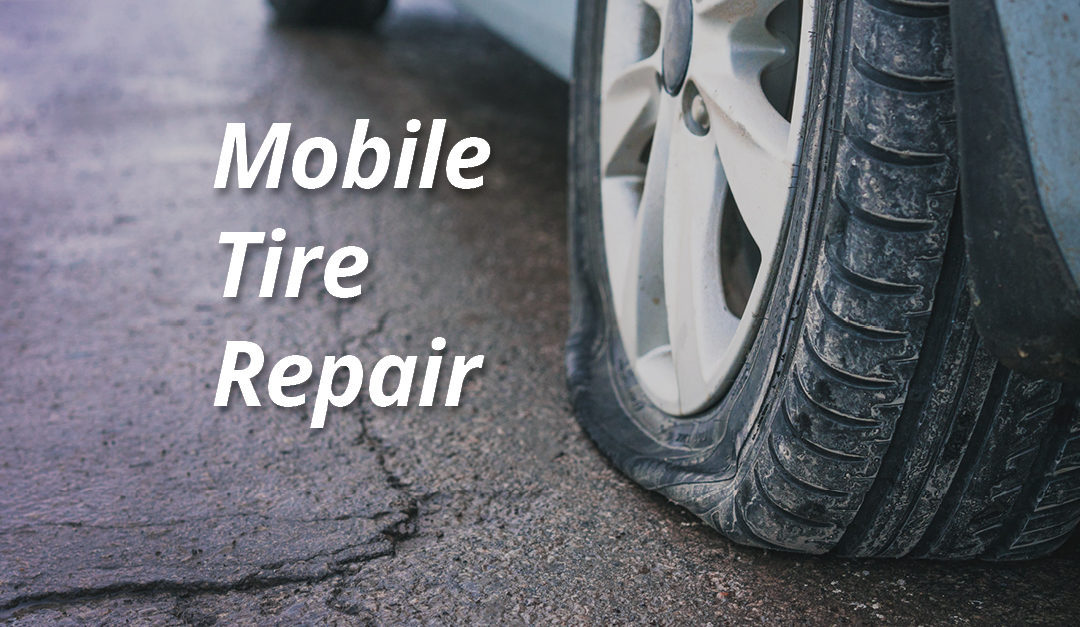Tire Solution: Proven Approaches for Optimal Tire Upkeep and Treatment
Preserving optimum tire condition is critical for both safety and efficiency of any type of automobile. From guaranteeing appropriate tire pressure to regular rotation and alignment, there are proven methods that can significantly extend the life expectancy of your tires and improve total driving experience. As we check out the complexities of tire care and upkeep, we will reveal vital guidelines that every automobile proprietor should adhere to for the best feasible outcomes. Allow's explore the globe of tire service and uncover the keys to keeping your tires in top-notch shape for the long haul.
Importance of Tire Pressure
Sufficient tire stress promotes better fuel efficiency, as under-inflated tires can lead to boosted rolling resistance, causing the engine to function tougher and consume even more gas. Correct tire stress ensures also walk wear, improving tire long life and conserving money in the lengthy run by postponing the requirement for early substitutes. Consistently inspecting and changing tire pressure, especially in the past long trips, is a basic yet effective way to boost vehicle performance, extend tire life-span, and prioritize safety and security on the road.
Tire Turning Standards
When thinking about tire turning standards, it is important to recognize the relevance of this upkeep task in making the most of tire life-span and preserving optimum automobile efficiency. Tire turning involves transforming the placement of each tire on a lorry to make sure even step wear. Front tires tend to use more quickly than rear tires due to steering pressures, making routine rotation crucial for balanced wear patterns. The suggested rotation pattern differs depending upon whether a lorry is front-wheel, rear-wheel, all-wheel, or four-wheel drive. Generally, tires should be revolved every 5,000 to 7,500 miles, or as suggested in the automobile handbook. Disregarding tire turning can lead to uneven wear, affecting handling, traction, and possibly compromising lorry safety. By adhering to proper turning guidelines, drivers can prolong the life of their tires, improve gas performance, and boost overall driving experience. Normal turning is a basic yet effective upkeep technique that adds dramatically to tire durability and car performance.

Benefits of Wheel Alignment
Making sure proper wheel positioning after tire turning is crucial for maintaining balanced wear patterns and taking full advantage of car performance. Wheel placement refers to the adjustment of the angles of the wheels to the producer's requirements. One of the vital benefits of wheel placement is boosted taking care of and steering response. When the wheels are properly lined up, it reduces steering initiative, ensuring a smoother and a lot more controlled driving experience. Additionally, proper wheel positioning assists to extend the lifespan of your tires. Misaligned wheels can trigger irregular tire wear, bring about early tire substitute and raised upkeep prices.

Tire Footstep Deepness Check
Performing a regular evaluation of tire tread deepness is necessary for maintaining secure driving problems and prolonging the life expectancy of your tires. Unequal walk wear can indicate problems with tire positioning, suspension, or pressure, highlighting the value of regular tread deepness checks. By incorporating tire tread deepness checks into your official statement routine maintenance schedule, you can drive with confidence understanding that your tires are in top problem.
Seasonal Tire Evaluation
Seasonal tire assessment is an essential element of tire upkeep that ensures tires are ready to encounter the obstacles presented by various climate problems. In preparation for wintertime, it is vital to check the tire stress frequently as cool temperatures can create tire pressure to go down. By performing regular seasonal tire examinations, chauffeurs can prolong tire life expectancy, improve fuel effectiveness, and most notably, ensure a secure driving experience in varying weather problems.
Conclusion
To conclude, keeping appropriate tire stress, rotating tires on a regular basis, straightening wheels properly, keeping an eye on step deepness, and carrying out seasonal evaluations are important methods for optimum tire treatment. By adhering to these confirmed approaches, drivers can guarantee their tires last much longer, perform much better, and add to general automobile safety. It is necessary to prioritize tire maintenance to avoid crashes, enhance gas efficiency, and extend the life-span of tires.
Ample tire pressure promotes better fuel efficiency, as under-inflated tires can lead to enhanced rolling resistance, triggering the engine to work tougher and take in more fuel.When considering tire turning standards, it is essential to comprehend the significance of this maintenance task in maximizing tire lifespan and maintaining optimum automobile efficiency. Seasonal tire examination is an essential element of tire maintenance that ensures tires are find more information all set to face the Flat Tire Repair Las Vegas obstacles posed by various weather problems. By performing regular seasonal tire examinations, chauffeurs can extend tire lifespan, enhance fuel performance, and most importantly, ensure a safe driving experience in varying weather problems.
In final thought, keeping appropriate tire pressure, turning tires frequently, straightening wheels properly, checking walk depth, and conducting seasonal examinations are important methods for optimal tire treatment.